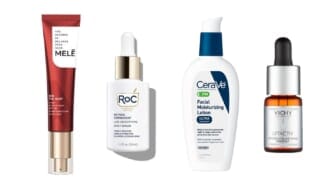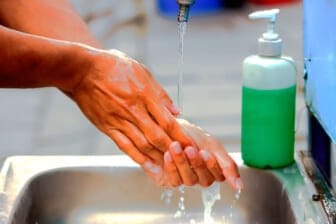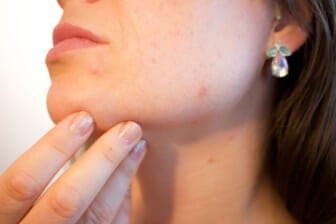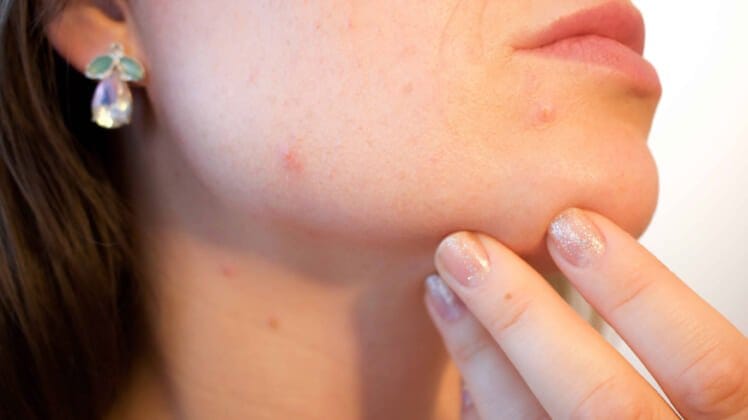
Skin that is consistently free of blemishes can feel like a dream. Even after you’ve tried countless skincare products promising to prevent pimples, switched up your routine in every way imaginable, and avoided certain habits you know lead to breakouts, you still wake up to zits and blackheads. The truth is that the road to good skin is long, and getting clear skin overnight isn’t going to happen. However, there are things you can do before bed to set yourself up for a clearer complexion come morning.
Clear Skin vs. Sleep

First and foremost, make sure you get good sleep is key since there are a lot of regenerative processes that happen in our skin overnight. “We know that certain inflammatory markers decrease during sleep and that proper sleep affects circadian rhythms, and in turn, cortisol levels, which can lead to breakouts, sallow skin, and fine lines” explains Kavita Mariwalla, MD, dermatologist. Skin cells also turn over quicker at night and the production of new cells increases.
Of course, it’s also important to be mindful of your habits throughout the day, as they can impact your quality of sleep and therefore, the condition of your skin as well. “If we treat our bodies well — hydrate, eat healthy foods, minimize stress, etc. — our skin will reap those rewards during sleep, the body’s rest period,” explains Alexis Parcells, MD, plastic surgeon.
So, if you’re wondering how to get clear skin overnight, start by maximizing your skincare efforts while you snooze. Try these top twelve tips.
Also Read: 12 Skin Conditions You Should Never Treat at Home
The Path to Clear Skin
1. Wash Your Face
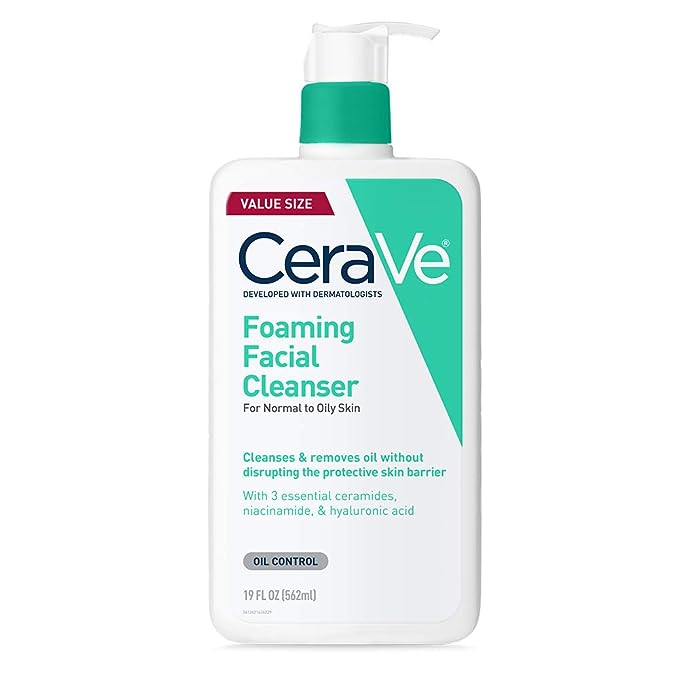
For clearer skin overnight, Dr. Parcells recommends washing your face twice a day to unclog pores and dissolve any residue that has built up. But if you had to pick only one time of day to wash your face, it should most definitely be at night, after it’s been exposed to sweat, oil, dirt, pollution, etc. What you use to cleanse your skin also matters. “Cream- and oil-based cleansers are best used on a daily basis, while exfoliating cleansers are beneficial one or two times a week,” Dr. Parcells says, adding that using harsh cleansers can strip the skin of essential moisture, causing an adverse effect.
2. Wash What you Face Touches
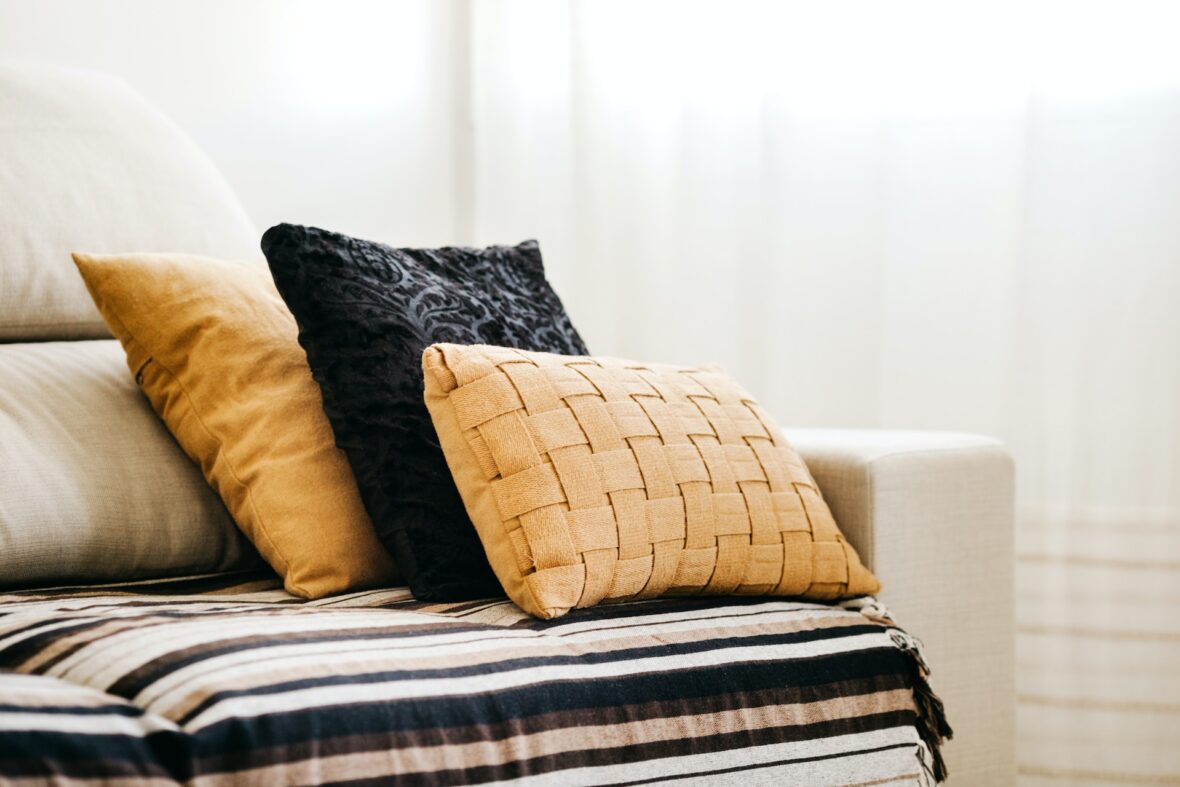
Your pillowcase is a petri dish for acne-causing bacteria, as it absorbs sweat, oil, and residue while you sleep, transferring it back onto your face and causing inflammation and breakouts. The same goes for your cell phone, mask, and anything else your skin comes in constant contact with. So frequently washing your sheets (every week at least) and wiping down your cell phone (daily) can make a major impact. Dr. Parcells also recommends washing your hands before going to bed, since many people rest on the backs of their hands or unconsciously touch their faces while sleeping.
3. Spot-treat Pimples
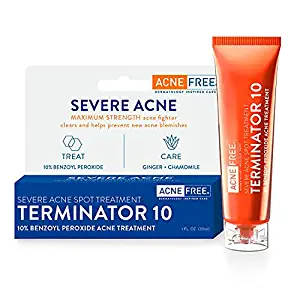
Assist the natural restoration processes that happen overnight by treating existing blemishes while you sleep, suggests Blair Murphy-Rose, MD, a cosmetic and medical dermatologist. “The best overnight spot treatments for acne contain ingredients like salicylic acid, sulfur, and benzoyl peroxide,” she says.
4. Stimulate skin cell turnover
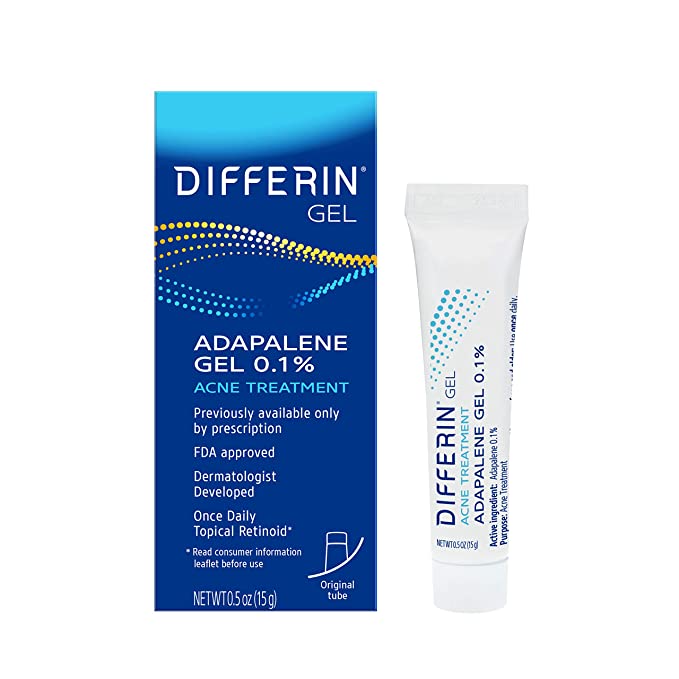
Nighttime is the best time to take advantage of skin cell turnover, which reduces your risk of developing blemishes, lessens the appearance of large pores, and gives the skin’s surface a smoother, more radiant appearance overall. You can promote the process of cellular turnover, which starts to slow as you age, by using ingredients such as retinol (or its gentler alternative, bakuchiol) and alpha hydroxy acids like salicylic and lactic acids.
5. Moisturize
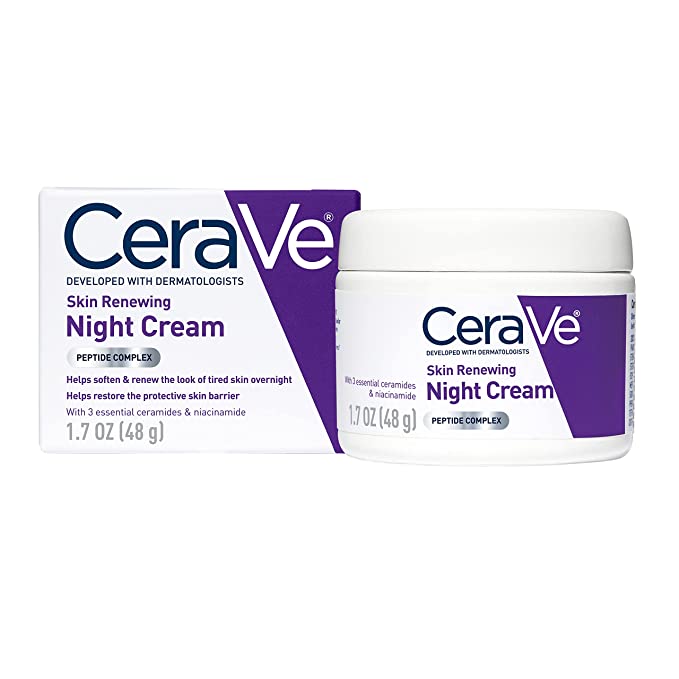
Some people who are prone to breakouts or greasiness shy away from a moisturizer for fear that it will only make their skin worse. However, the opposite is true, especially when it comes to your night cream. “Transepidermal water loss is higher at night while we sleep, so it is especially important to lock in moisture to stay well hydrated, which contributes to clear skin,” says Dr. Murphy-Rose. “Moisturizing can also help regulate sebum production and skin cell turnover, helping you shed pore-clogging dead skin.” She recommends using a non-comedogenic night cream.
Check Out: 7 Types of Skincare Products That Are a Waste of Money
6. Drink Water
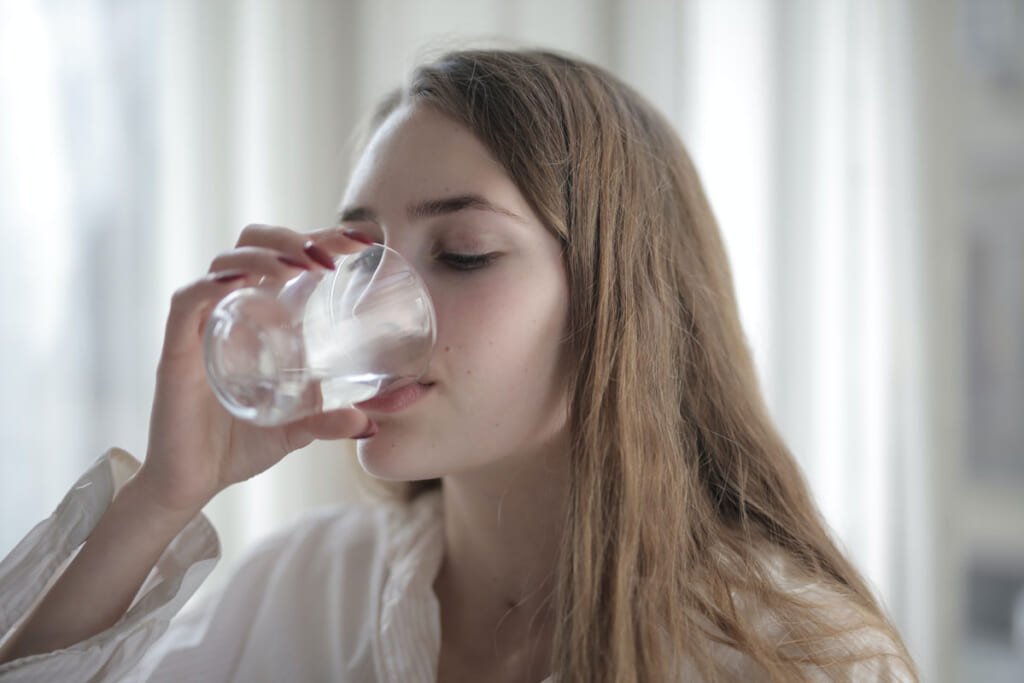
Our body is made of 60 percent water, per the U.S. Geological Survey, which means we need to drink a lot of it to keep all our organs functioning optimally, our skin included. “When our skin lacks water, it shows — think fine lines, irritated patches, dark spots, rough texture, and blemishes,” says Dr. Parcells. She recommends aiming to drink enough water (ideally two liters of water) earlier in the day so that you’re not waking up to pee every few hours and interrupting your beauty sleep.
7. Quit picking at your face
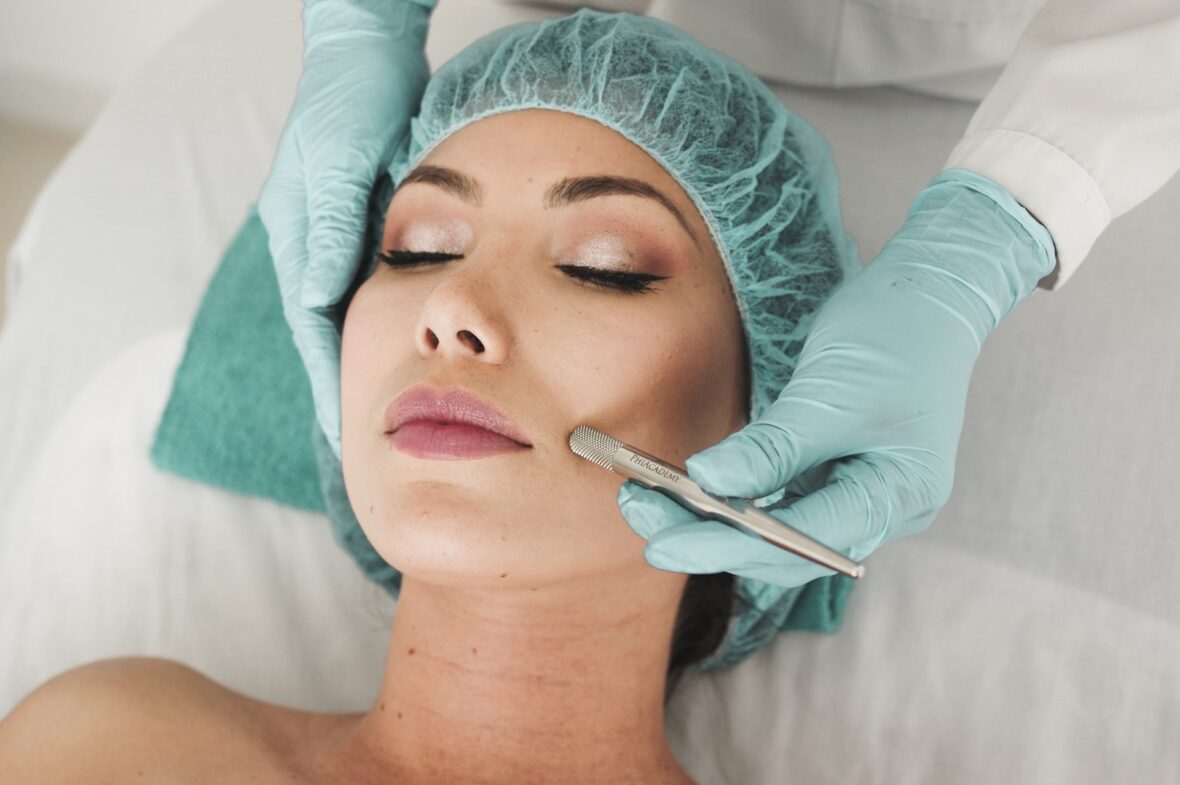
Word to the wise: Leave that pimple alone! Aside from increasing redness and inflammation, touching and picking at a pimple will only delay the healing process, warns Dr. Parcells. “Digging your nails into the skin can worsen the situation and lead to permanent scarring,” she says. What’s more, picking your face transfers dirt and oil onto your skin from your fingers, leading to new breakouts. Instead, consider using non-aggressive ways to break up stubborn dirt and remove excess oils.
8. Exfoliate
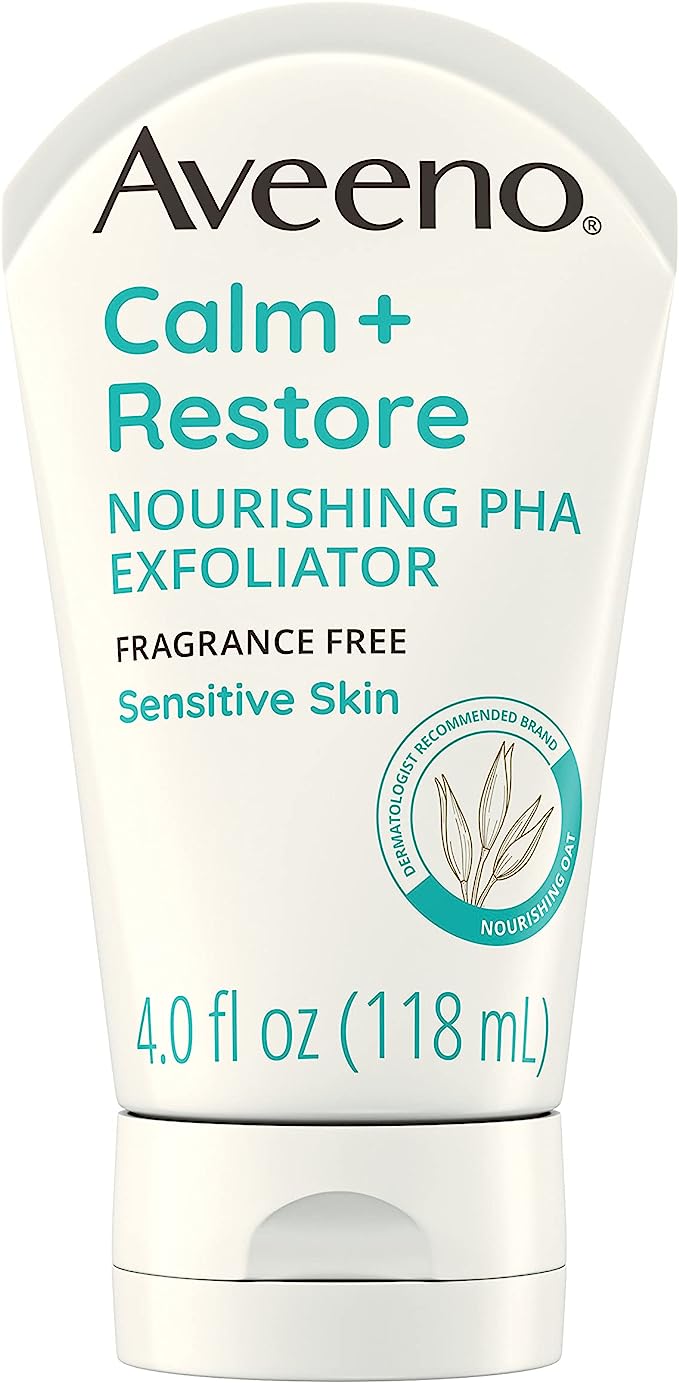
Dead skin cells can cause your skin to look dull, and possibly trap dirt or oils leading to acne. In order to avoid this and keep your skin looking bright and fresh, exfoliate your skin a couple of times a week before bed and get rid of that dead layer. Not only will you have clear skin the next day, it will be brighter too.
9. Steam Your Face
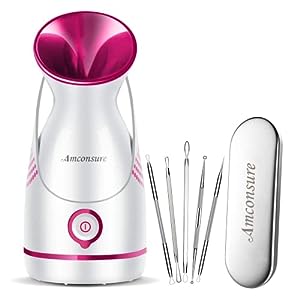
Steaming your face opens up the pores of the skin, loosening up dirt and sebum and promoting blood flow. You will also get better skincare absorption, helping with both removing and keeping stubborn acne away. You can get this done professionally or do it at home with a small portable face steamer. If you’re doing it at home, use the steamer for six to seven minutes once a week and watch as your acne turns to clear skin.
10. Slugging
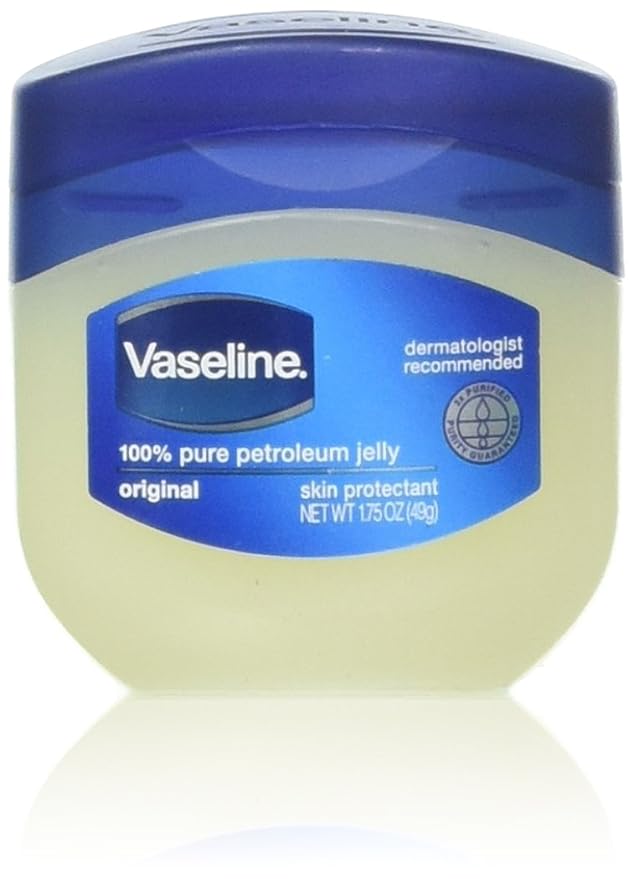
Taken from the Korean beauty world and now a trending skincare routine on social media, slugging aims to keep the much-needed moisture in your skin all night long. All you need for this is vaseline. Once your whole nighttime skincare routine is completed, apply a thin layer of vaseline all over your face and keep it on all night. It acts as a shield to keep the moisture in your face, and when you wake up you’ll not only have clear skin, but it will be nourished as well.
11. Sheet Masks
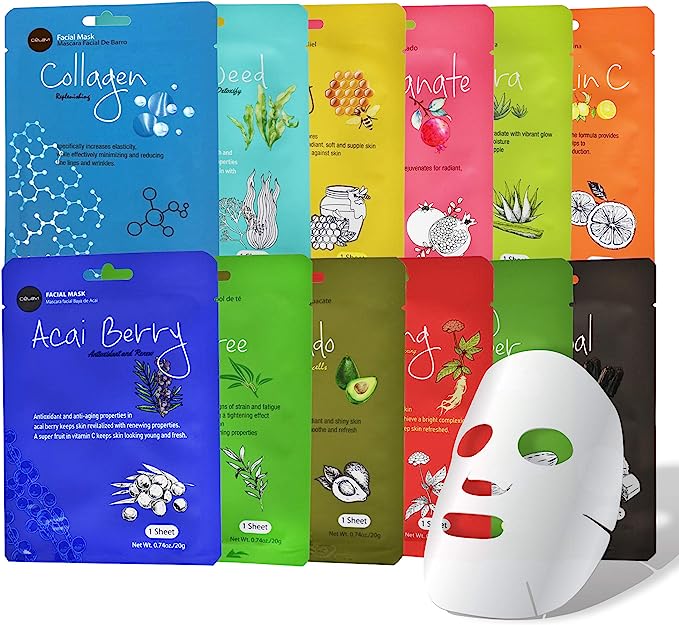
There are all different types of sheet masks on the market, and even ones that you can make yourself. Whichever way you obtain the sheet mask doesn’t matter, but what does is that many of these masks target dirt and dehydration in the skin. Use a mask a couple times a week and watch as the acne seems to just fall away and be replaced with clear skin instead. There are all different types of masks, so make sure you find the right formula for you.
Check Out: What is a Scalp Facial? Plus 8 Products That’ll Deliver Pure Bliss
12. Green Tea

Though this final tip may seem a little weird, a 2017 study in the journal “Antioxidants” has proven that green tea contains properties that help heal moderate acne. There are several ways you can use the green tea in order to get clear skin. Take the leaves and create an acne mask, make a facial spray with the tea itself, or just drink the tea before bed. Sometimes green tea can keep people awake though, so make sure that will not happen to you if you drink it before bed.
Of course, these are not the only tips and tricks for getting clear skin, but they will surely help get rid of some of that stubborn acne. There is no magic fix to getting rid of the inflammation and dirt, but use some of these steps to lessen the amount of dirt collecting on your face, and be confident at that next interview or event.

